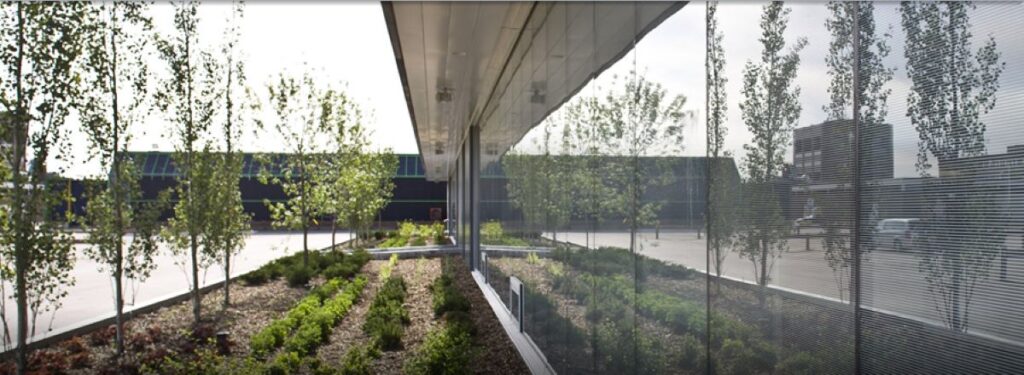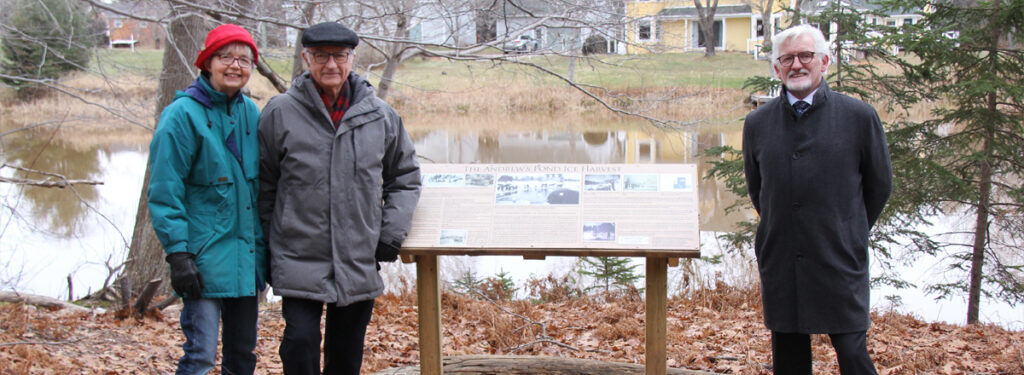Home to over 213 public higher education institutions, Canada is recognized as a global contributor to quality research, education and training. The extent of Canadian post-secondary institutions’ leadership does not stop at research and education, however. Canadian institutions are trailblazers in the shift toward more nature-conscious developments in the education and research they disseminate as well as the environments they occupy.
With the theme of this month’s International Biodiversity Day being From Agreement to Action: Build Back Biodiversity, it is important to recognize that building biodiversity starts in our own communities. Canadian colleges, cégeps, institutes and polytechnics play a critical role in communities, and are uniquely approaching the protection of biodiversity and green life at home.
From building green buildings, to holding our institutions accountable, to allocating funding toward environmental protection, our coalition members are taking the actions needed to preserve biodiversity.
Highlighted below are case studies from three of our members that local and global institutions alike can learn from going forward.
1) PUTTING BIODIVERSITY PRESERVATION AND SUSTAINABILITY FRONT AND CENTRE WHEN UPGRADING OLD BUILDINGS OR BUILDING NEW ONES
Seneca Polytechnic is embarking on a multi-million-dollar capital project to develop a health and wellness complex infused with Indigenous design, sustainability and inclusion.
Landscaped outdoor space surrounding the Centre will provide opportunities to engage with nature. Highlights include a central drum courtyard with a fire pit, an extensive arrangement of native plants and trees, regenerative forest, earth mounds and a teaching and leisure rooftop terrace.
Affirming the commitment to being the sustainable Seneca, a multitude of green building practices will be incorporated, including mass timber, rainwater harvesting, solar energy, geothermal energy, renewable building materials, green roofing, and designing for resilience and operational sustainability.
Read the full story here.

2) HOLDING YOUR INSTITUTION ACCOUNTABLE FOR SUSTAINABLE DEVELOPMENT AND ENVIRONMENTAL PROTECTION THROUGH REPORTING
Red River College Polytechnic (RRC Polytech) is celebrating the achievement of receiving a STARS Silver Rating in recognition of its sustainability achievements from the Association for the Advancement of Sustainability in Higher Education, or AASHE. With more than 900 participants in 40 countries, AASHE’s STARS program is the most widely recognized framework in the world for publicly reporting comprehensive information related to a college or university’s sustainability performance.
Highlights of RRC Polytech’s recent sustainability efforts include the construction of the new Manitou a bi Bii daziigae building, designed to LEED Gold standards, and the coordinated efforts to re-use and donate over 1,900 furniture items and 3.5 tonnes of books and household items during the move of the Language Training Centre from its old location into the new building.
Read the full story here.

3) ALLOCATING DONATIONS AND FUNDING TO PROTECTING THE ENVIRONMENT OF THE COMMUNITY YOUR INSTITUTION OCCUPIES
A $2.6 million donation of a 12-acre property of environmental and historical significance will enable Holland College to establish the John and Christine Andrew Centre of Excellence in Watershed Management in East Royalty.
The donation is the largest single gift in the history of the college. President Dr. Alexander (Sandy) MacDonald said the generosity of the Andrew family and their desire to ensure that the property remains protected, sustainable, and accessible to the public, is a tribute to their commitment to the environment and to the community.
The property will be used for education, research, and activities that improve environmental and watershed sustainability. The college plans to partner with the federal and provincial governments and Island watershed groups to preserve and maintain the pond and forest.
Read the full story here.